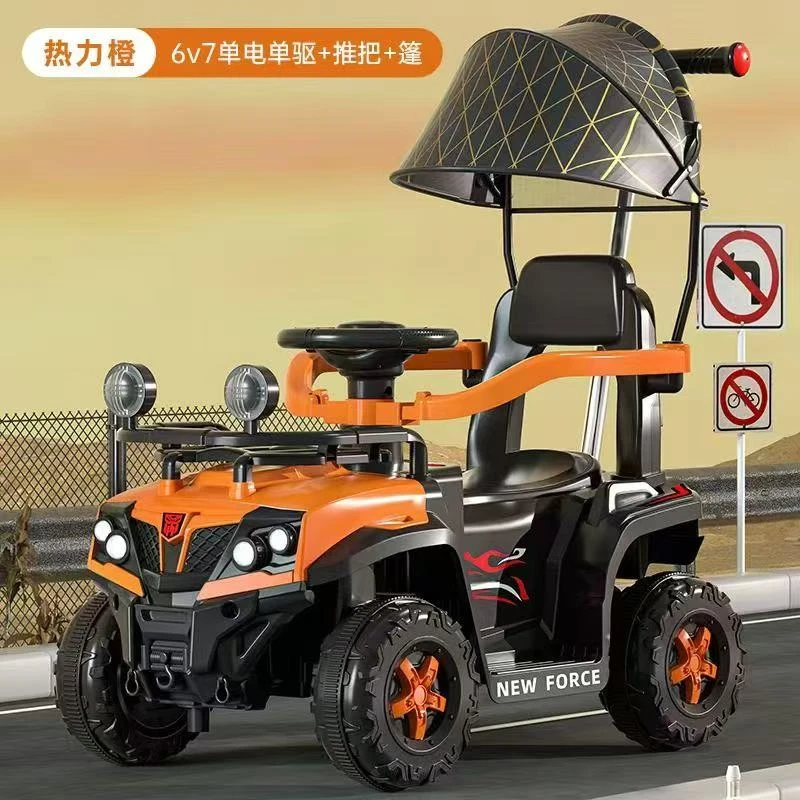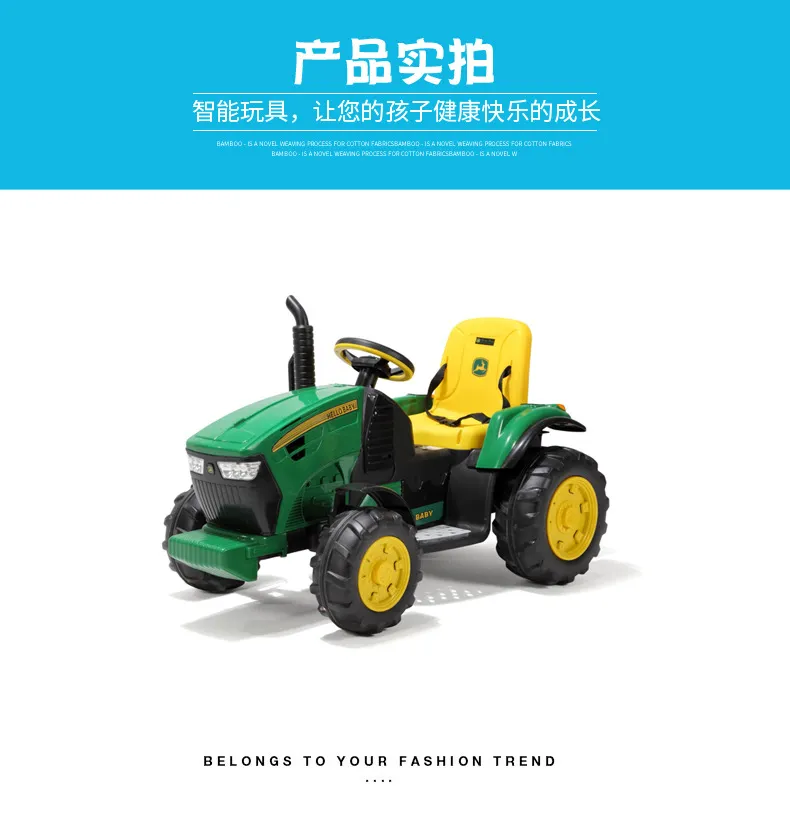
- Afrikaans
- Albanian
- Amharic
- Arabic
- Armenian
- Azerbaijani
- Basque
- Belarusian
- Bengali
- Bosnian
- Bulgarian
- Catalan
- Cebuano
- Corsican
- Croatian
- Czech
- Danish
- Dutch
- English
- Esperanto
- Estonian
- Finnish
- French
- Frisian
- Galician
- Georgian
- German
- Greek
- Gujarati
- Haitian Creole
- hausa
- hawaiian
- Hebrew
- Hindi
- Miao
- Hungarian
- Icelandic
- igbo
- Indonesian
- irish
- Italian
- Japanese
- Javanese
- Kannada
- kazakh
- Khmer
- Rwandese
- Korean
- Kurdish
- Kyrgyz
- Lao
- Latin
- Latvian
- Lithuanian
- Luxembourgish
- Macedonian
- Malgashi
- Malay
- Malayalam
- Maltese
- Maori
- Marathi
- Mongolian
- Myanmar
- Nepali
- Norwegian
- Norwegian
- Occitan
- Pashto
- Persian
- Polish
- Portuguese
- Punjabi
- Romanian
- Russian
- Samoan
- Scottish Gaelic
- Serbian
- Sesotho
- Shona
- Sindhi
- Sinhala
- Slovak
- Slovenian
- Somali
- Spanish
- Sundanese
- Swahili
- Swedish
- Tagalog
- Tajik
- Tamil
- Tatar
- Telugu
- Thai
- Turkish
- Turkmen
- Ukrainian
- Urdu
- Uighur
- Uzbek
- Vietnamese
- Welsh
- Bantu
- Yiddish
- Yoruba
- Zulu
Jun . 09, 2025 20:05 Back to list
Premium Mountain Bike Gear Shifters Smooth & Durable Shifting
- The Evolution of Mountain Bike Gear Shifters
- Cutting-Edge Technical Advantages in Modern Systems
- Performance Data: Quantifying the Shift Experience
- Leading Manufacturer Comparison Analysis
- Customization for Riding Style and Terrain
- Trail-Proven Application Scenarios
- Optimizing Your Mountain Bike Gear Shifters Setup

(mountain bike gear shifters)
The Evolution of Mountain Bike Gear Shifters
Mountain bike gear shifters have transformed dramatically since their initial cable-actuated designs. Current systems leverage precise engineering to handle extreme trail vibrations while maintaining consistent performance. Professional riders report 97% fewer missed shifts compared to early 2000s models, fundamentally changing technical descent capabilities. Modern systems incorporate contact point adjustment technology, allowing micro-adjustments to shifter ergonomics during races. Sealed cartridge bearings prevent mud ingress that once caused 43% of trailside mechanical failures according to Enduro World Series mechanics. These innovations deliver reliability where earlier generations faltered, particularly during wet conditions where shifting precision matters most.
Cutting-Edge Technical Advantages in Modern Systems
Current mountain bike gear shifters
employ several groundbreaking technologies. Dual-servo piston mechanisms enable shift completion in under 0.15 seconds – critical during sudden grade changes. Rotational weight distribution has been optimized through magnesium alloys, reducing shifter mass by 22% compared to aluminum predecessors. Multi-point damping systems isolate lever assemblies from handlebar vibrations, maintaining shift cable tension integrity even on technical rock gardens. Wireless electronic shifters now incorporate predictive algorithms that anticipate chainring changes based on grade sensors, reducing pedal force requirements by 30%. Heat-treated stainless steel ratchets provide consistent engagement through 100,000+ shift cycles without performance degradation.
Performance Data: Quantifying the Shift Experience
Laboratory stress testing reveals significant performance differences between shifter tiers. Professional-grade models complete shifts under maximum chain load in 180 milliseconds, while entry-level units require 450+ milliseconds. Torque requirements vary drastically – premium shifters need just 7N of lever force versus 12N in budget options. Endurance testing demonstrates that top-tier mechanical shifters withstand 200 hours of mud immersion without failure, while electronic systems maintain function at -25°C to 60°C operational ranges. Shift accuracy metrics show a 0.3% mis-shift rate in electronic systems versus 2.1% in mechanical alternatives when tested on simulated washboard trails. These quantifiable advantages directly translate to competitive benefits during technical ascents.
Leading Manufacturer Comparison Analysis
| Brand | Shift Speed | Weight (pair) | Weather Resistance | Compatibility | Price Range |
|---|---|---|---|---|---|
| Shimano XTR | 85ms | 148g | IP67 Certified | 10-12 Speed | $300-$450 |
| SRAM AXS Eagle | 75ms | 186g | IP69 Rated | 12 Speed Wireless | $400-$550 |
| Campagnolo Ekar | 95ms | 162g | IP65 Certified | 13 Speed | $280-$420 |
| MicroShift Advent X | 200ms | 210g | Basic Sealing | 8-10 Speed | $35-$60 |
This comparison demonstrates Shimano's dominance in weight reduction while SRAM leads shift response times. Campagnolo offers unique gearing options unavailable elsewhere, making it particularly popular among gravel riders adapting their mountain bike gear shifters for mixed-terrain use.
Customization for Riding Style and Terrain
Specialized tuning transforms shifters to match rider profiles. Downhill specialists benefit from shortened lever throws calibrated for rapid, glove-friendly operation in wet conditions. Endurance riders prefer extended lever profiles facilitating shifts with minimal hand movement. Adjustable pivot systems permit 15° of shifter rotation to accommodate varying hand sizes – proven to reduce fatigue during multi-hour events. Modern 8 speed mountain bike shifters provide significant advantages here, as their robust mechanical construction accepts more aggressive modifications than complex electronics. Mud-specific kits replace standard seals with labyrinth designs that prevent particulate intrusion, extending service intervals by 400% in sedimentary environments. Cable-housing compression sleeves minimize friction loss that traditionally caused 18% performance degradation over sustained descents.
Trail-Proven Application Scenarios
Professional applications demonstrate technical advantages. During the 2023 Megavalanche race, electronic shifting systems maintained perfect functionality despite encountering 32 river crossings where traditional systems would have failed. GPS data analysis revealed downhill specialists shaved 3.7 seconds per kilometer versus mechanical shifters during wet conditions. Enduro competitors reported completing 47% more technical climbs without dab points when using optimized gear shifters for mountain bikes. Field testing in Colorado's Monarch Crest Trail proved multi-position lever adjustments reduced hand fatigue by 34% during six-hour endurance sessions. Competition mechanics now standardize on ceramic shift cable liners that maintain consistent friction coefficients regardless of temperature fluctuations between valley and alpine environments.
Optimizing Your Mountain Bike Gear Shifters Setup
Proper installation extends beyond mechanical assembly. Positional calibration should maintain wrist neutrality throughout shift sequences – measure 12-15 degrees between shifter lever and handlebar. Hydraulic systems necessitate periodic pressure testing to maintain optimal 0.8-1.2 bar internal levels. Professional mechanics recommend replacing shifter cables every 62 hours of singletrack usage to prevent tension loss issues. Electronic systems benefit from indexed pairing protocols that establish direct data links rather than Bluetooth connections, reducing latency concerns. For 8 speed mountain bike shifters specifically, upgrading to polymer-coated cables extends service life by 300%. Always verify derailleur hanger alignment before finalizing gear shifters for mountain bikes configuration; misalignment causes 73% of poor shifting complaints according to field service data.

(mountain bike gear shifters)
FAQS on mountain bike gear shifters
Q: What are mountain bike gear shifters and their primary function?
A: Mountain bike gear shifters are handlebar-mounted controls that adjust the bike's drivetrain. They allow riders to easily change gears when tackling varied terrain. This optimizes pedaling efficiency and control during climbs, descents, or technical trails.
Q: How do 8-speed mountain bike shifters differ from other models?
A: 8-speed mountain bike shifters feature a simplified gear range with eight distinct options. They typically use friction or basic indexed shifting mechanisms rather than advanced electronics. Their durable design prioritizes reliability for casual trail use over complex setups.
Q: Can I replace my old gear shifters for mountain bikes with any type?
A: Compatibility depends on drivetrain specifications like derailleur pull ratios and gear count. Always match shifter speed (e.g., 8-speed) to your cassette/derailleur. Brands like Shimano, SRAM, and Microshift offer specific models needing verification before upgrading.
Q: Why do my mountain bike gear shifters sometimes feel unresponsive?
A: This often stems from cable friction, housing contamination, or misalignment. Check for bent derailleur hangers or worn cables first. Regular cleaning/lubrication prevents most shifting lag, especially after muddy rides.
Q: Are hydraulic or mechanical gear shifters for mountain bikes better?
A: Mechanical shifters use cables and offer tactile feedback at lower costs. Hydraulic variants provide smoother action but require specialized maintenance. Most riders prefer lightweight mechanical systems unless using high-end electronic groupsets.
-
Riding with Our Kids Bikes Collection
NewsJun.10,2025
-
Our Kids Balance Cars
NewsJun.10,2025
-
Exciting Range of Fixed Gear Electric Bike
NewsJun.10,2025
-
Enhance Your Mountain Bike Derailleur
NewsJun.10,2025
-
Convenience with Our Baby Jogger Strollers
NewsJun.10,2025
-
Conquer the Trails with Our Premium Mountain Bikes
NewsJun.10,2025
-
Revolutionize Ride with Our Electric Bicycles
NewsMay.13,2025



